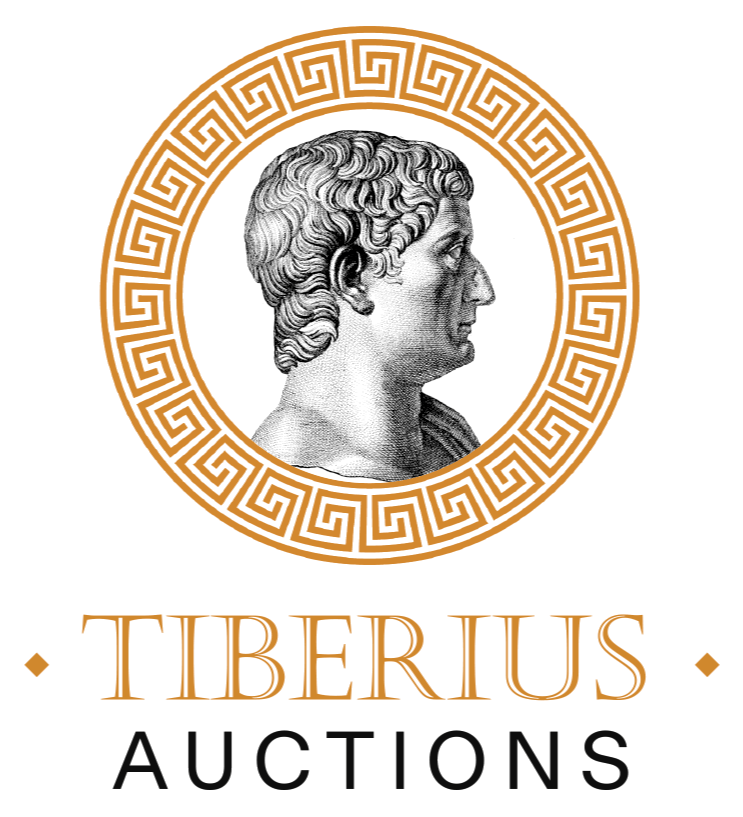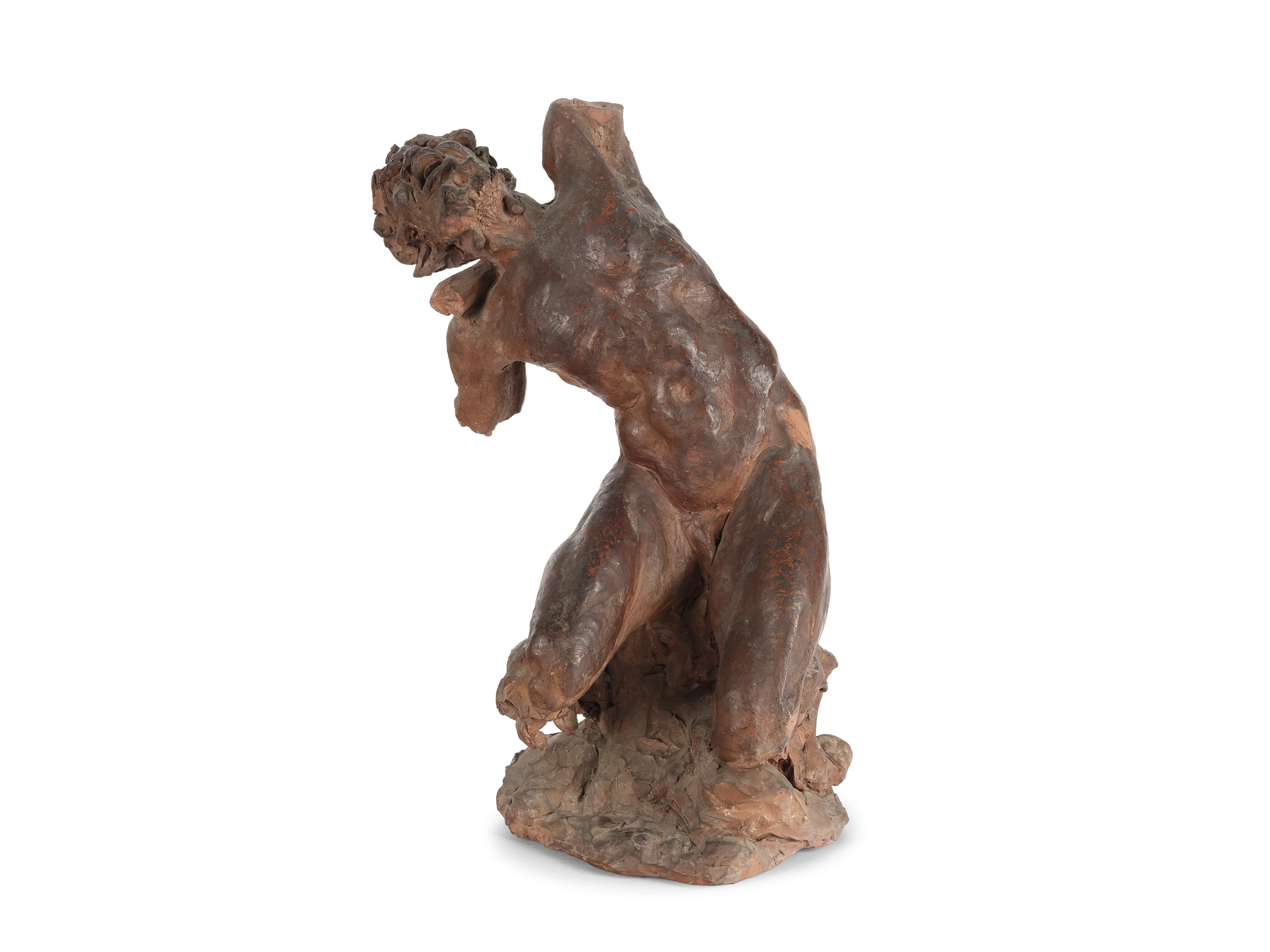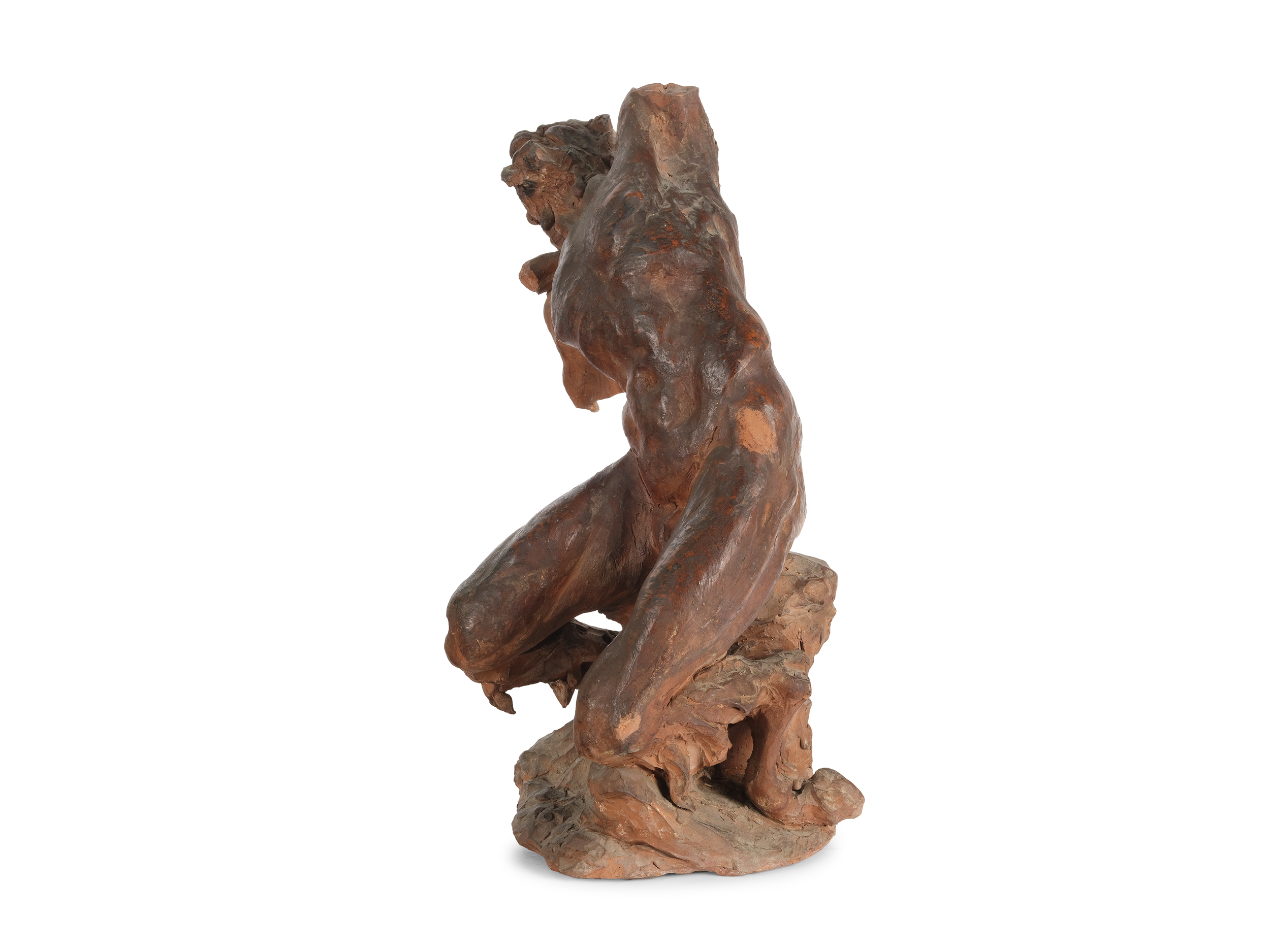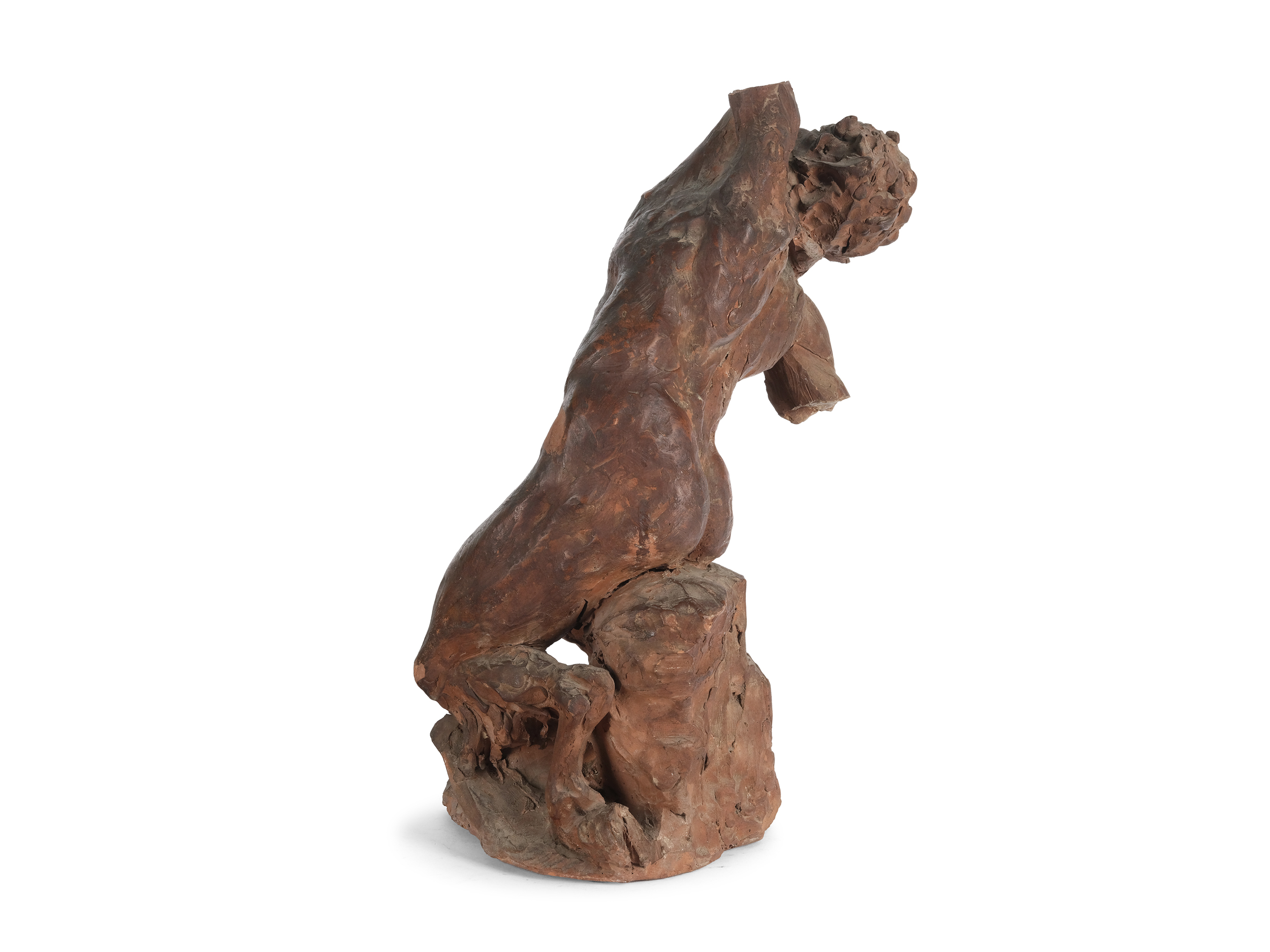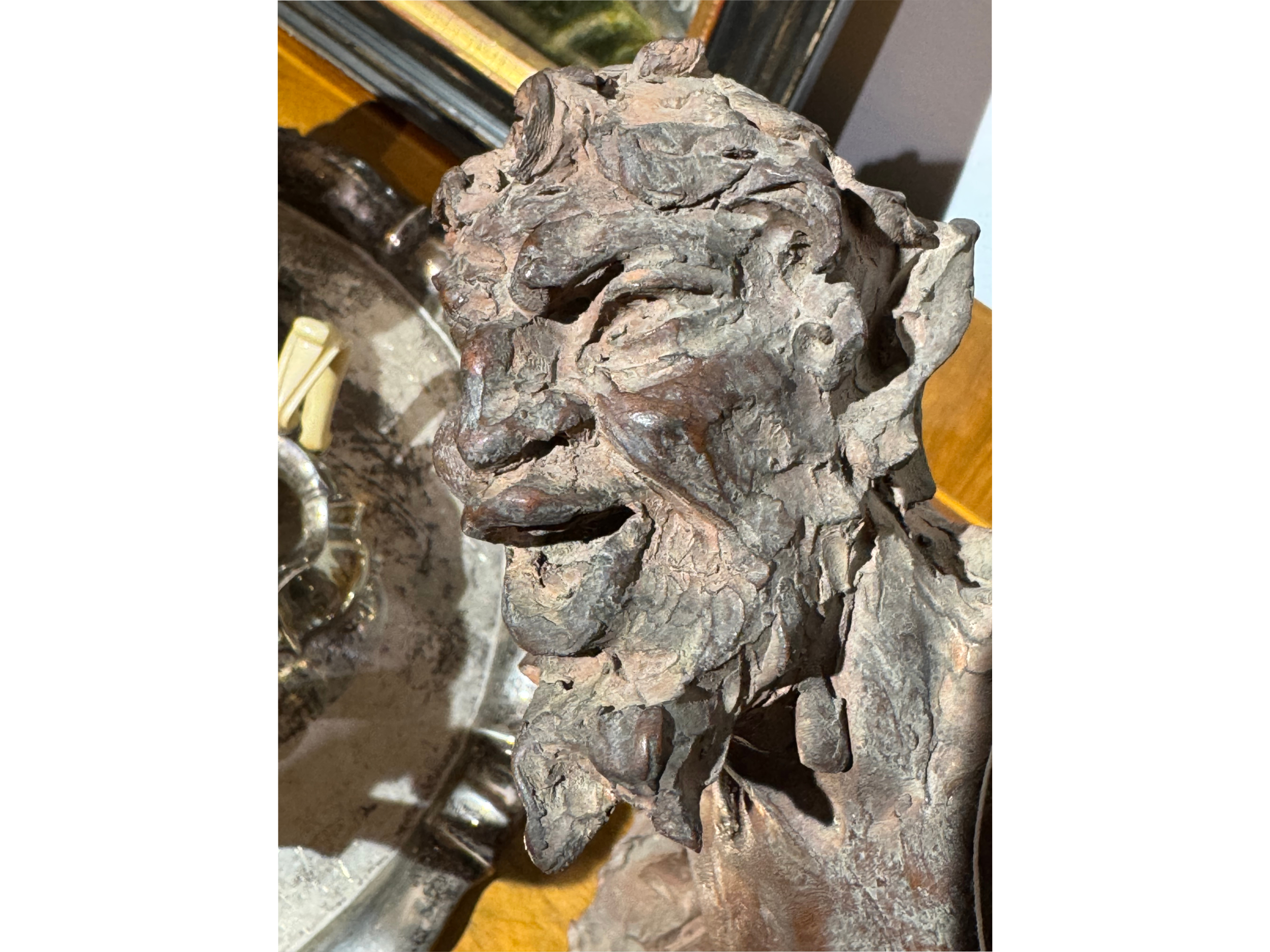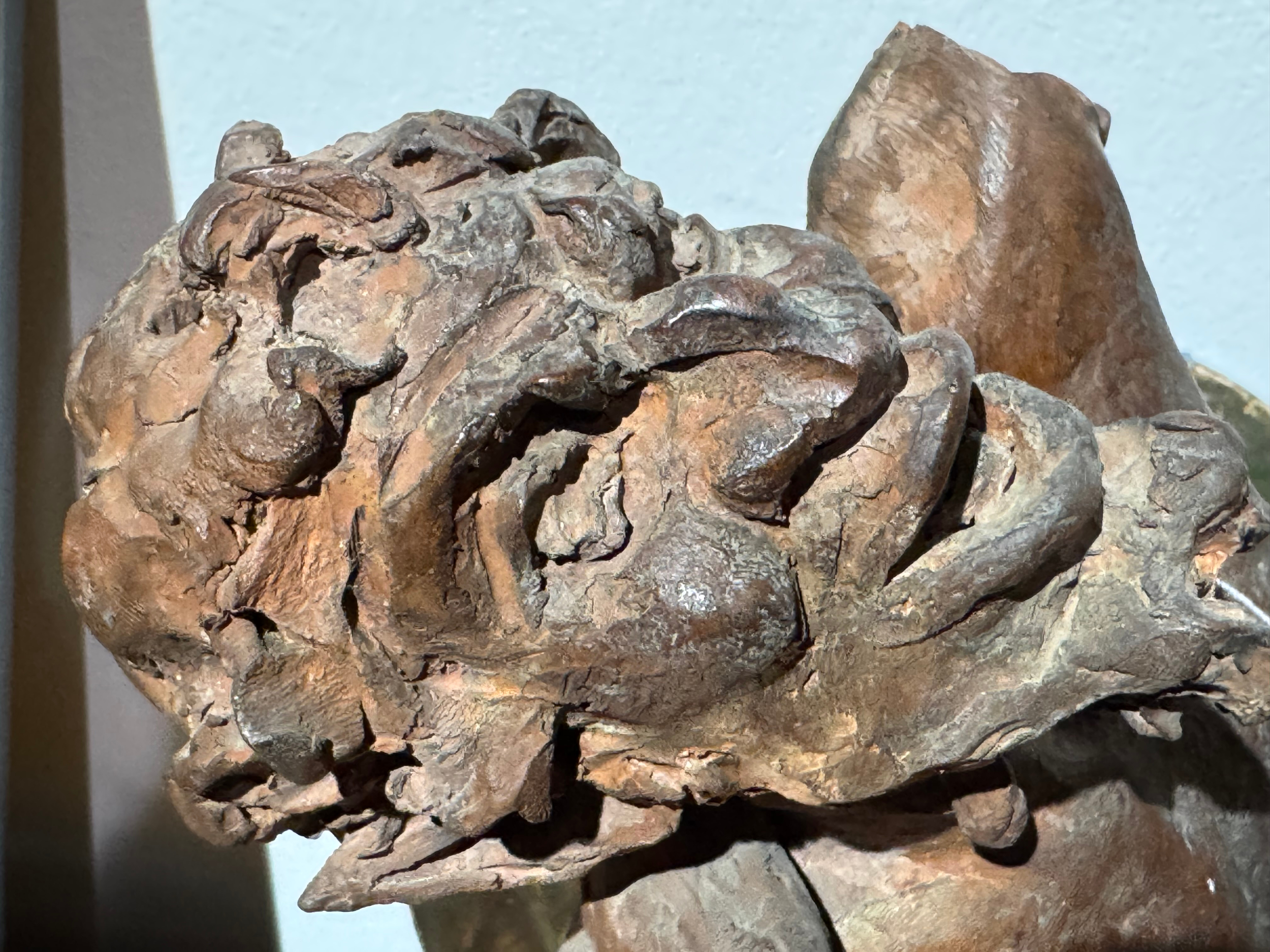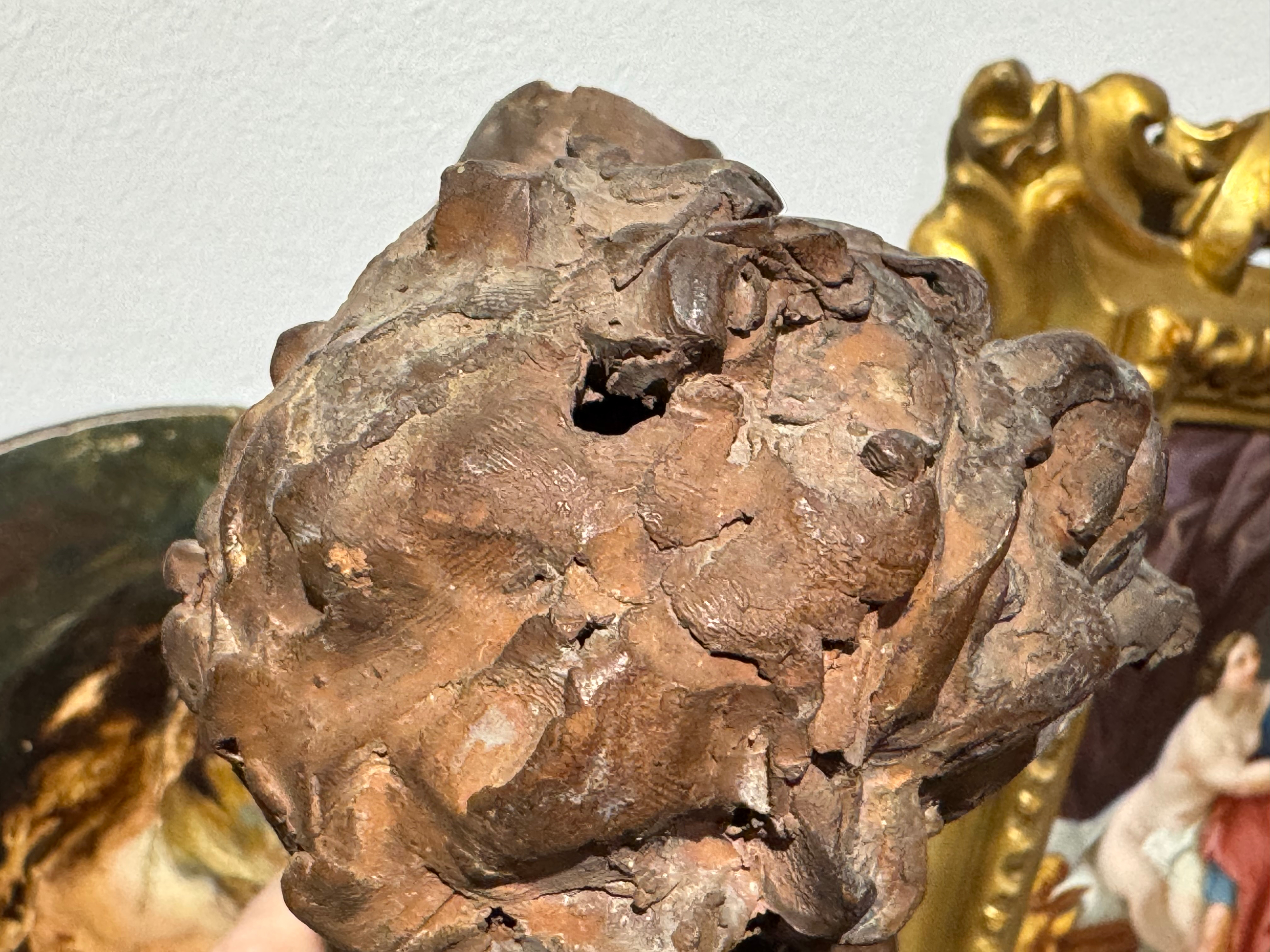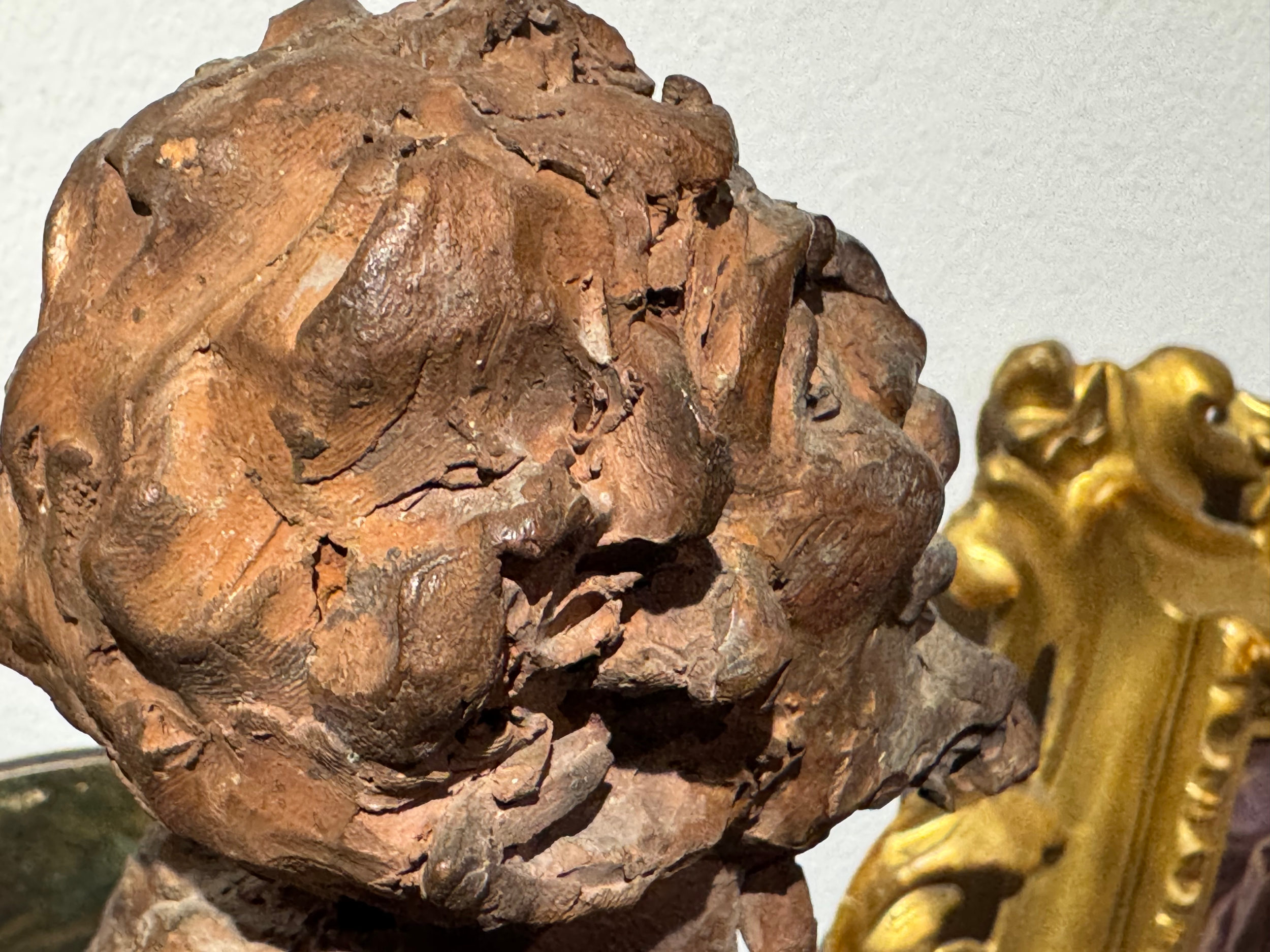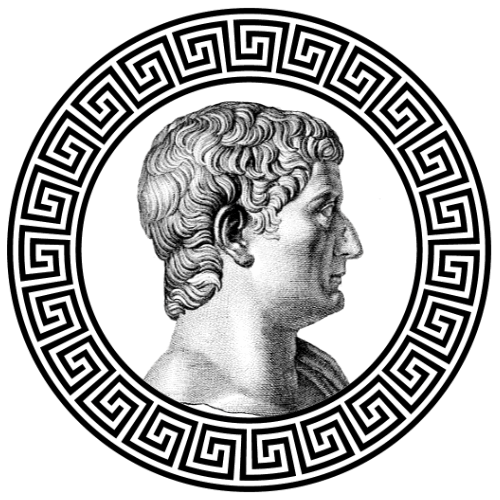Satyr
19th Tiberius Auction
Satyr
Starting price:
€ 3.000
- USD: 3.444 $
- GBP: 2.633 £
Estimated price: € 3.000 / 6.000
Additional information
| lowestimate | |
|---|---|
| highestimate |
Satyr
In the style of Giambologna
Hand-molded terracotta
Height 37 cm
The Flemish-Italian sculptor Giambologna (actually Jean de Boulogne, 1529–1608) is one of the most important artists of European Mannerism. After training in Flanders, he settled in Florence, where he became one of the most sought-after sculptors of his time in the circle of the Medici family. Giambologna influenced late 16th-century sculpture with his elegant formal language, the complex movement and sophisticated rotation of his figures, and his idealized yet dynamic understanding of the human body. His small terracotta bozzetti served as studies for larger marble sculptures or bronze works—they are direct evidence of his creative process and show the vitality of the artistic idea in its purest form.
The satyr depicted comes from ancient mythology: half human, half goat, he embodies the Dionysian, the instinctual, and the natural. Satyrs are considered companions of the wine god Dionysus (Roman Bacchus) and are symbols of unbridled joie de vivre, but also of exuberance and seduction. At the same time, they often appear in art as counter-images to divine order and beauty—for example, in the mythical tale of Marsyas, who challenges the goddess Athena or the god Apollo and is cruelly punished for it.
The figure shown here depicts the satyr kneeling and looking upward, his body in a tense twist that impressively combines movement and emotion. One arm—probably formerly raised above his head—appears to have been depicted in a defensive gesture, while his open mouth and intense upward gaze could express fear and despair. This may be a scene of battle or defeat, such as the mythical episode of Marsyas shortly after he was overcome by Athena or Apollo. Alternatively, the figure could represent a moment of divine punishment or horror at his own hubris.
A comparison can be made with the bozzetto of the river god Nile, which presumably served as a model for the sculpture for Francesco de’ Medici’s villa near Pratolino di (Victoria and Albert Museum, Inv. No. 250-1876). In a similar manner, parts of the extremities are only hinted at and not fully executed; the surface is expressive and not completely finished in all places. Another example from the same museum is Florence Triumphant over Pisa (inv. no. A.24-1979), in which a powerful yet graceful female figure towers over the collapsed figure of old Pisa. Here, the sculptor focuses on the treatment of the female body, while the arms have apparently been removed in order to work out the torso in greater detail – its surface presumably smoothed with a soft, damp cloth. This more detailed treatment of the torso is also the case with the satyr presented here. Despite its incomplete form, the figure appears as an independent art object of intense expressiveness.
The modeling is extremely fine and characteristic of a hand-formed bozzetto, i.e., a small-scale plastic model that served as preparation for monumental sculptures. These bozzetti were both working tools and artistic expression—they allowed the sculptor to experiment with postures, lighting effects, and pathos in the material. Especially in the work of Giambologna and his successors, terracotta models became independent works of art, valued for their spontaneity and liveliness.
The artist’s fingerprints and the careful treatment of the skin areas, which protrude plastically at the muscles and joints, are clearly visible. The hairy legs are only vaguely hinted at, while the face, with its goatee, full head of hair, and small horns, clearly identifies the figure as the mythological satyr. The expression of great pathos and the expressive posture lend the figure an intense emotional presence that is typical of the Mannerist conception of art in the late 16th century—an art that emphasizes movement, emotion, and drama, thus condensing the human experience between ecstasy and tragedy.
